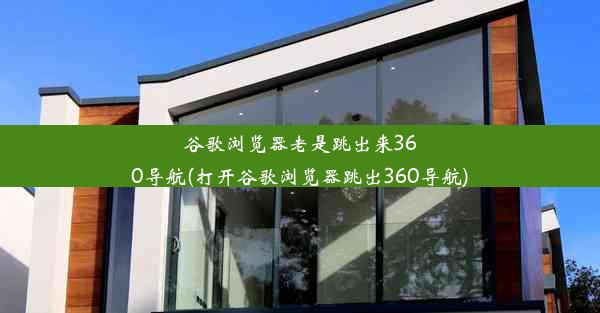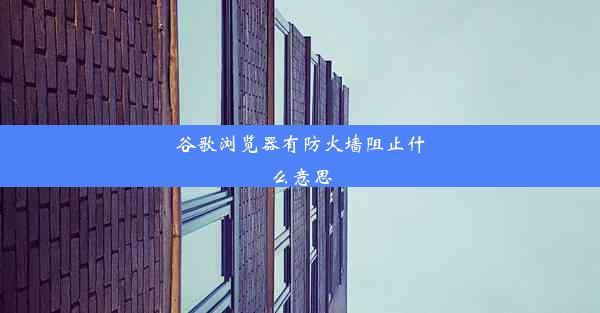谷歌浏览器国际版英文翻译、谷歌浏览器英文界面翻译中文

The Evolution of Google Chrome: English Translation and Chinese Interface
Introduction
In the digital age, web browsers have become an integral part of our daily lives. Among the myriad of browsers available, Google Chrome stands out as one of the most popular choices. With its international version and the availability of English translation to Chinese interface, Chrome has made it easier for users worldwide to access and navigate the internet. This article aims to explore the intricacies of Google Chrome's English translation and its Chinese interface, providing readers with a comprehensive understanding of its impact and significance.
1. Translation Accuracy and Quality
Translation Accuracy and Quality
The accuracy and quality of a translation are paramount in ensuring a seamless user experience. Google Chrome's English translation has been praised for its high level of accuracy, thanks to the advanced algorithms and machine learning techniques employed. This section will delve into the factors contributing to the translation's precision and the challenges faced in maintaining such a high standard.
1.1 Advanced Algorithms
Google Chrome's English translation leverages state-of-the-art algorithms that have been fine-tuned over the years. These algorithms analyze the context, syntax, and semantics of the source text to provide accurate translations. By considering the broader context, the translation engine can often predict the intended meaning and offer a more natural-sounding output.
1.2 Machine Learning Techniques
Machine learning plays a crucial role in improving the translation quality. By analyzing vast amounts of data, the translation engine can learn from past translations and continuously refine its algorithms. This iterative process ensures that the translations become more accurate and reliable over time.
1.3 Human Review and Feedback
While machine learning and algorithms are essential, human review and feedback are equally important. Google Chrome's translation team employs human experts to review and refine the translations. This process helps address any discrepancies or ambiguities that may arise, ensuring the highest level of quality.
2. User Interface Design
User Interface Design
The user interface (UI) of a web browser is crucial in providing a seamless and intuitive experience. This section will discuss the design principles behind Google Chrome's English interface and its Chinese translation, focusing on the ease of use and accessibility.
2.1 Intuitive Layout
Google Chrome's English interface features a clean and intuitive layout, making it easy for users to navigate through different tabs, bookmarks, and settings. The design follows a minimalist approach, ensuring that users can focus on their browsing experience without being overwhelmed by unnecessary elements.
2.2 Accessibility Features
The Chinese translation of Google Chrome's interface takes into account the needs of users with disabilities. It includes features such as screen reader compatibility, high-contrast modes, and keyboard shortcuts, making the browser accessible to a wider audience.
2.3 Customization Options
Users can customize the Chrome interface to suit their preferences. The English and Chinese translations offer a variety of themes, fonts, and layout options, allowing users to personalize their browsing experience.
3. Performance and Speed
Performance and Speed
One of the key advantages of Google Chrome is its performance and speed. This section will explore how the English translation and Chinese interface contribute to the browser's overall performance and efficiency.
3.1 Optimized Codebase
Google Chrome's English translation and Chinese interface are optimized for performance. The browser's codebase has been fine-tuned to ensure quick loading times and smooth navigation, even on low-end devices.
3.2 Efficient Resource Management
Chrome's translation and interface are designed to be resource-efficient. The browser minimizes memory usage and CPU cycles, allowing users to enjoy a fast and responsive browsing experience.
3.3 Regular Updates
Google regularly updates Chrome to address performance issues and introduce new features. These updates also include improvements to the English translation and Chinese interface, ensuring that users always have access to the latest and most efficient version of the browser.
Conclusion
In conclusion, Google Chrome's English translation and Chinese interface have significantly enhanced the browsing experience for users worldwide. The high level of translation accuracy, intuitive UI design, and performance optimizations have made Chrome a preferred choice among internet users. As technology continues to evolve, it is essential for browsers like Chrome to adapt and improve their translation and interface capabilities to meet the ever-changing needs of users.












